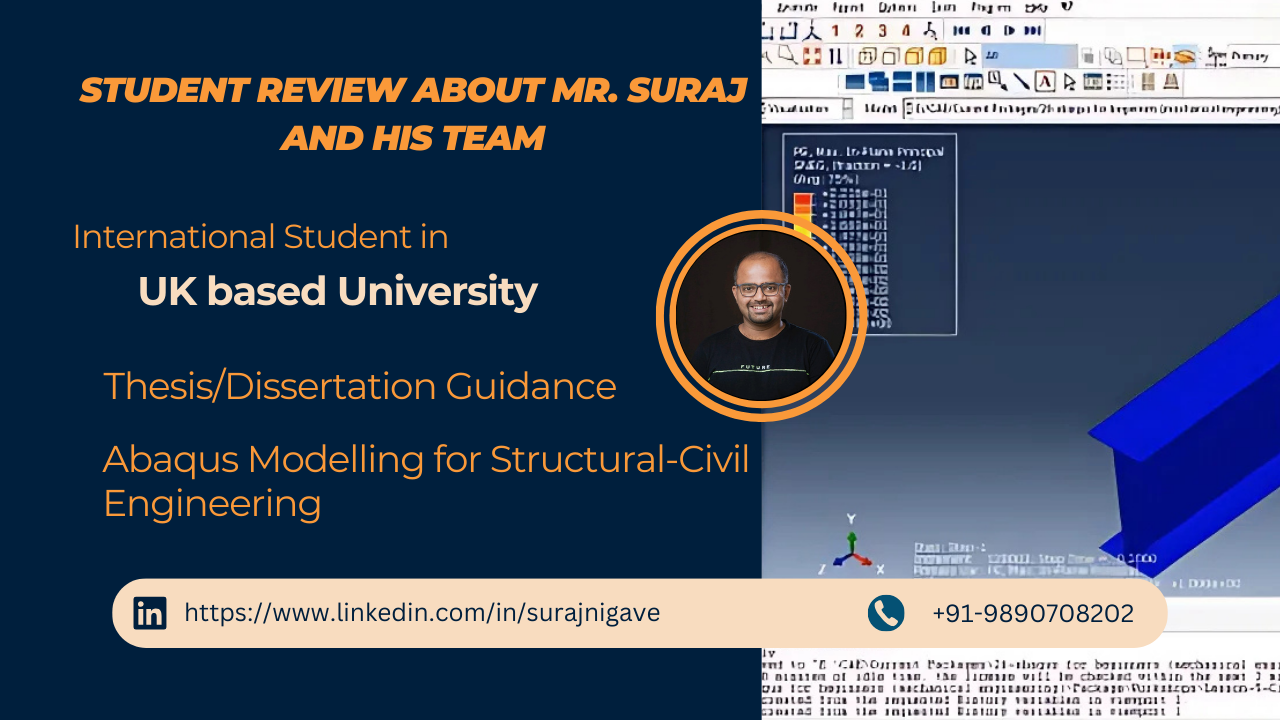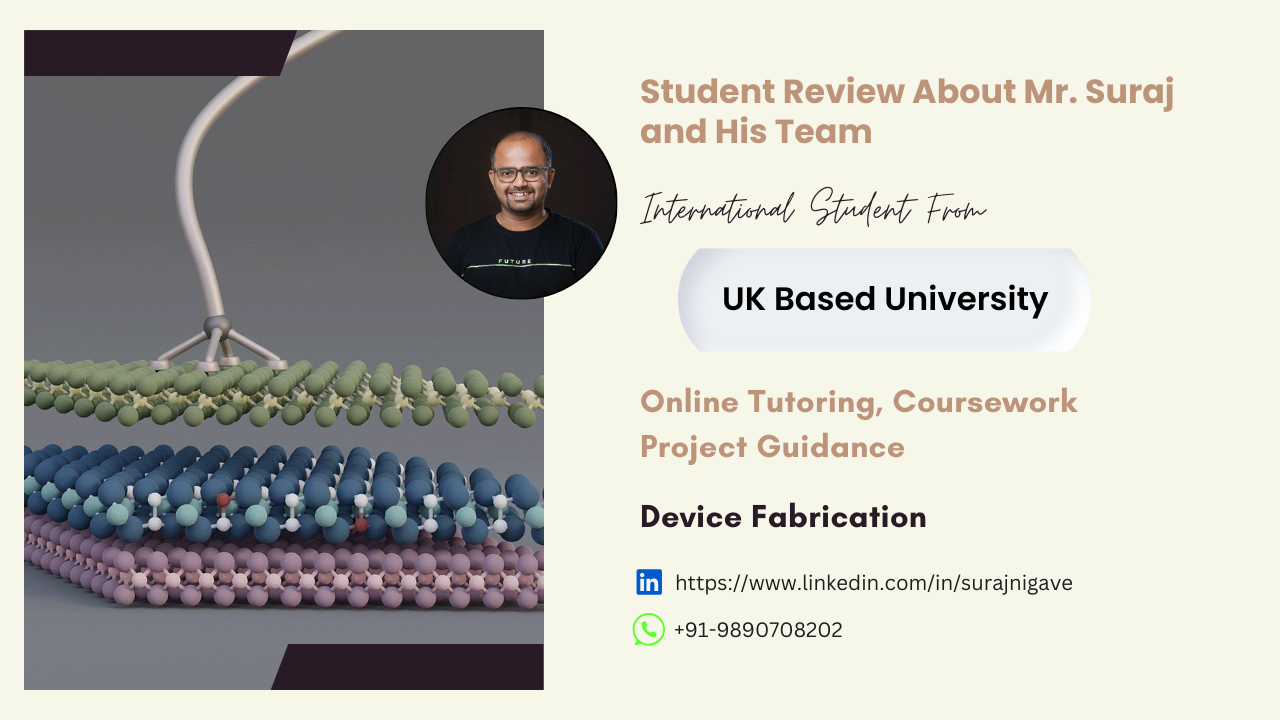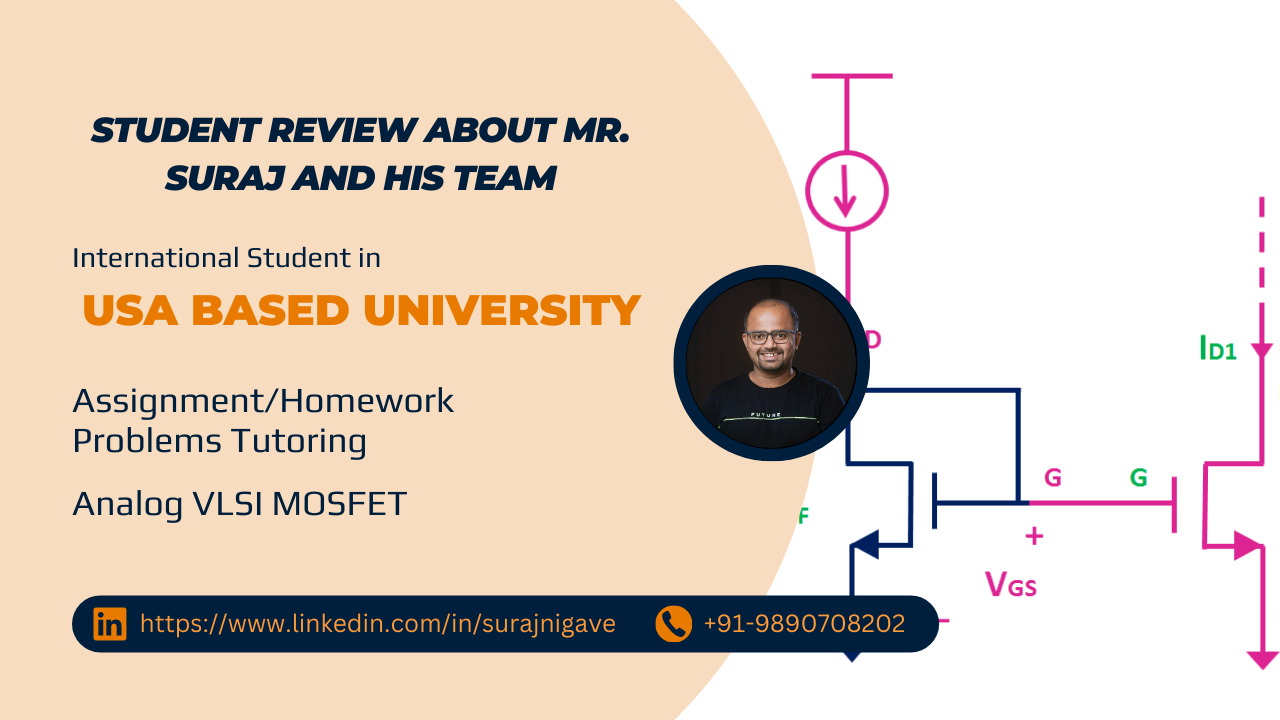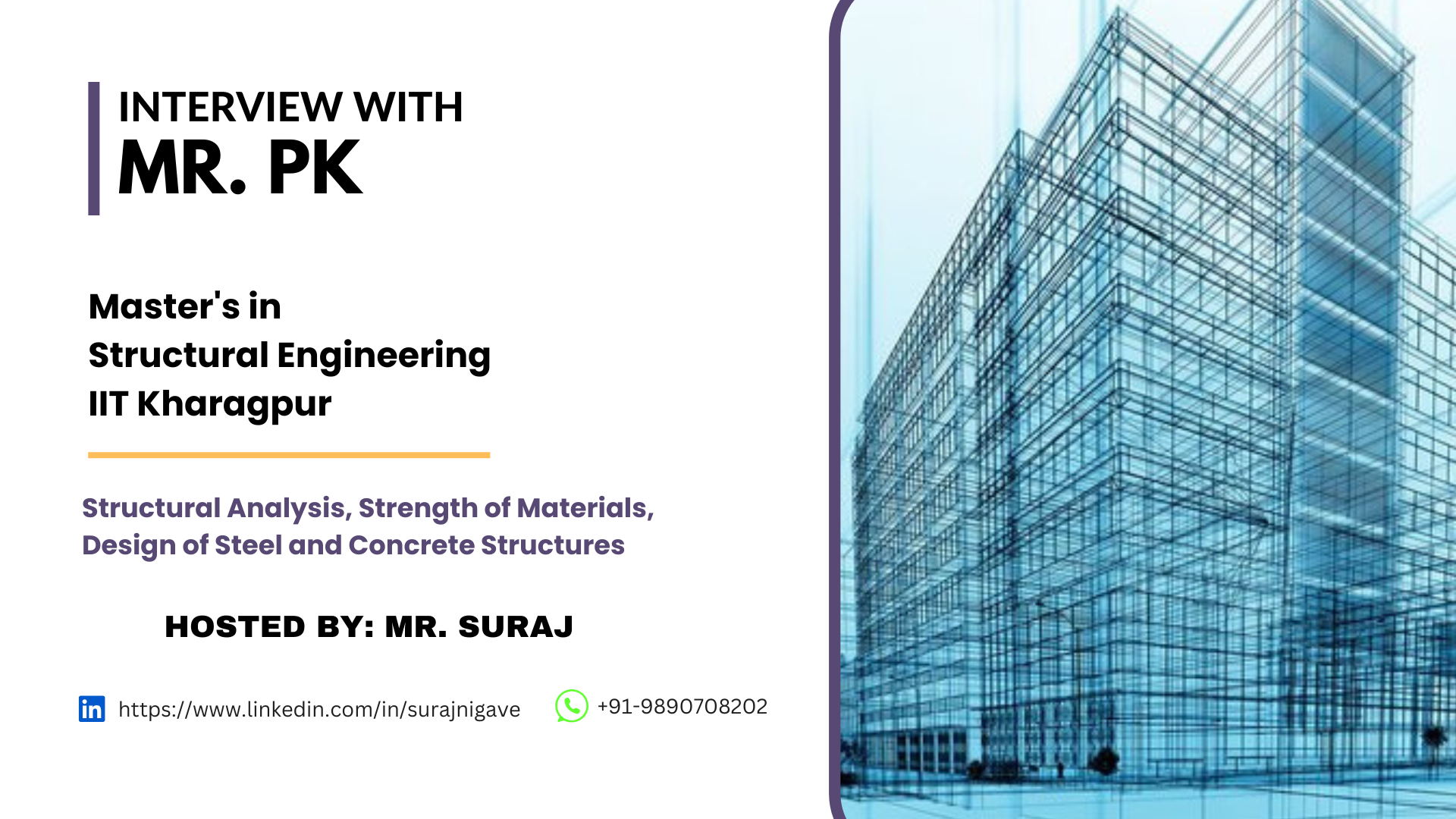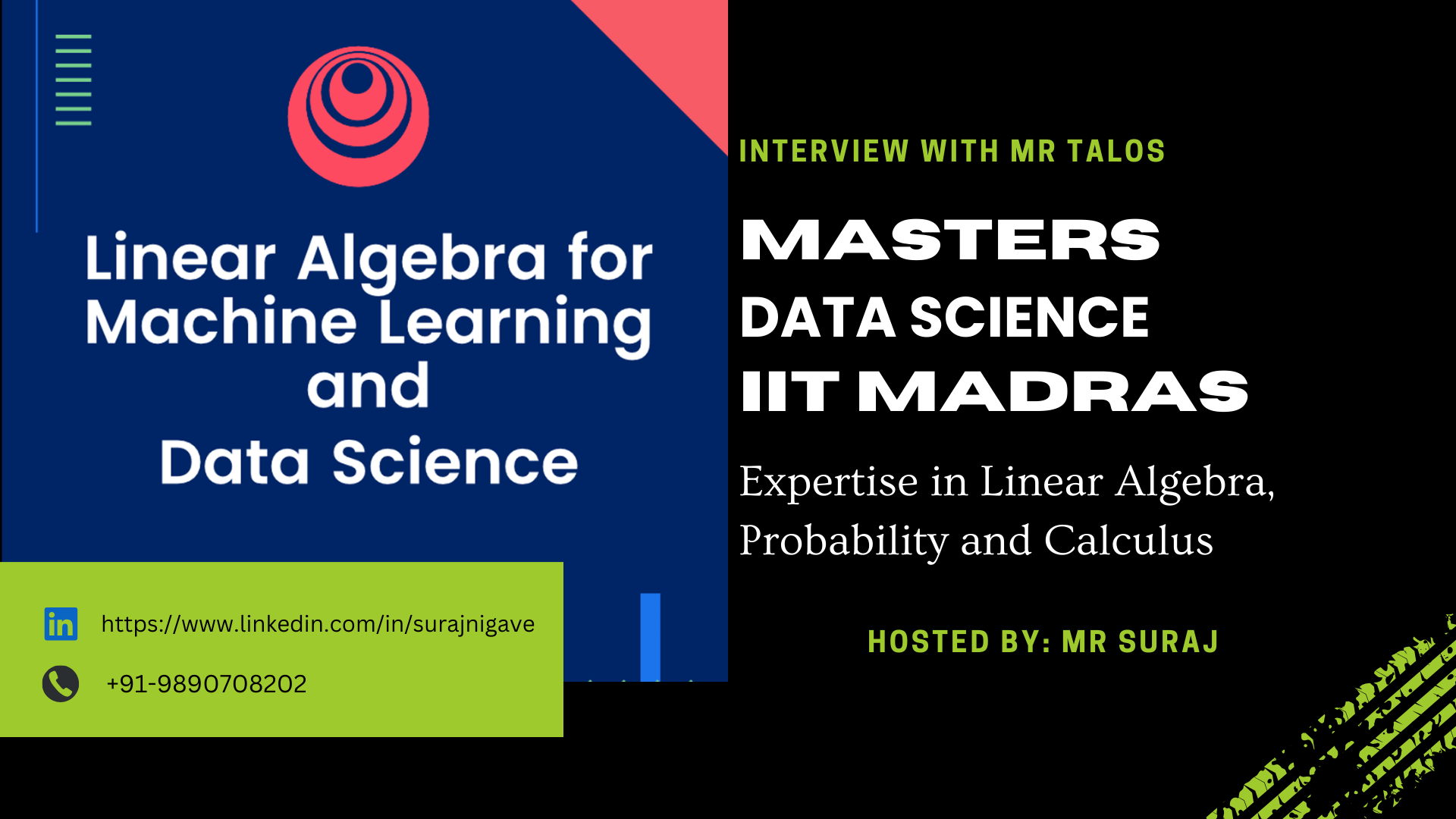Introduction
Hello everyone, I'm LK. I completed my master's degree from IIT Madras, and currently, I'm working in the industry in the domain of analog VLSI and analog electronics. Today, I'd like to share my experiences, insights into this subject, and discuss the key topics and areas that are essential for anyone interested in analog electronics.
Education and Industry Experience
Starting with my master's, I qualified GATE and joined the analog design course (MS) at IIT Madras under Professor Nagendra Krishnapura. During my master's, I worked on a hearing aid IC, which was a product given to CDAC (Centre for Development of Advanced Computing). In this project, I designed opamps and pretty much everything on the analog side except the ADC part. It included closed-loop piecewise linear (PWL) signal modeling and everything.
After graduating, I joined an analog company where my main field is mostly analog design and circuit modeling. My work involves designing analog circuits for various applications, and I'm deeply involved in the analog electronics domain.
Key Subjects in Analog Electronics
Analog electronics is quite a matured field, but to understand analog circuits thoroughly, we need to have a strong foundation in some preliminary courses:
-
Electrical Networks: This is the basic foundation for electrical and electronics engineering. It covers the fundamental concepts of how electrical circuits operate.
-
Control Systems: This subject is crucial for understanding the stability and control aspects of circuits.
-
Signals and Systems: It deals with analyzing signals in both time and frequency domains, which is essential for understanding and designing circuits that process real-world signals.
These three subjects—electrical networks, control systems, and signals and systems—are the basic building blocks for analog electronics.
Starting with Analog Circuits
When it comes to analog circuits, there are two main fields:
-
Semiconductor Devices: This area focuses on understanding how to improve the quality of transistors, the processes involved in making transistors, and the physics behind semiconductor devices. It's more into physics and deals with how to improve a single element.
-
Analog Circuit Design: This involves using those semiconductor devices to create practical circuits for real-world applications like radios, cell phones, TVs, transceivers, receivers, etc.
Importance of Semiconductor Physics
To start with analog circuits, students should have some basics of semiconductors. Understanding what transistors are, what diffusion current and drift currents are, and other fundamental concepts is essential. These topics are usually covered in basic level courses in the first or second semester.
In semiconductor physics and devices, we deal with:
-
Passive Elements: Inductors, resistors, and capacitors, which are linear circuits.
-
Nonlinear Elements: Diodes, BJTs (Bipolar Junction Transistors), transistors, and MOSFETs (Metal-Oxide-Semiconductor Field-Effect Transistors). These are part of nonlinear circuits.
To understand how a diode works, we need to study semiconductor physics, which includes PN junctions. A diode is a PN junction and is a two-terminal device with nonlinear IV characteristics. It has three regions of operation, and we need to delve into the details of how, at a molecular level, a semiconductor is different from a metal and an insulator. Understanding threshold energy, energy bandgap, and other concepts is crucial.
We can't always solve big equations for every component, especially when devices like phones have millions of diodes or transistors. So, we simplify models and learn how to solve equations and simplify circuits using notions of large signal and small signal models.
From Single Transistors to Complex Circuits
Once students understand the basics, we study transistors at a model level, meaning we consider them as current sources, voltage-controlled current sources, etc. We look into single-stage transistor behavior, studying terminal characteristics like the three terminals of a transistor, the voltage we need to apply, current-voltage relationships, different modes of operation, and where each mode is used.
For example:
-
A MOSFET in saturation is modeled as a current source, and we prefer MOSFETs to be in saturation for amplification.
-
In triode region, MOSFETs are used as switches.
-
If it's off, it's used as an open switch.
-
If it's in triode, it's a closed switch.
Understanding these modes is essential. Once that is covered, we move on to circuits with two transistors, three transistors, and eventually aim for a bigger goal like building an opamp (operational amplifier).
Designing Circuits and Importance of Control Systems
Now that we know how to solve a circuit, the question is, how do we design a circuit for a specific application?
Let's say I have an application like an amplifier—I have some small signal coming in, and I want to amplify it. In that case, I need to create an opamp and design the circuits accordingly.
Stability Considerations
One of the key considerations is the stability of the system. Stability, in brief, means that if I give some input, I should get some finite output—the system should not malfunction. We need to assess if there's a chance of malfunctioning, and if so, how to control it and bring it back to stability.
This is where control systems come into play. Control systems teach us about:
These concepts are highly used in analyzing and ensuring the stability of circuits.
Analyzing Nonlinearity and Distortion
After ensuring stability, we come to nonlinearity and distortion. For this, we need to analyze signals at the spectrum level, in the frequency domain. While signals can be presented in both time and frequency domains, we can't extract all the information from the time domain alone.
For example, harmonic distortion is an important parameter. If we want an ideal sine wave at the output, it should have only one frequency component. However, real-world outputs may have distorted sine waves, and the distortion should be under some level. To measure this, we use Fourier analysis and Fourier transforms, which are part of signals and systems.
This is how all the subjects—electrical networks, control systems, signals and systems—are connected together. By integrating knowledge from these areas, we analyze circuits and build real-world applications.
Advanced Topics: Mixed-Signal Circuits and ADCs
Once we have a good grasp of the basics, we move on to more advanced topics.
Amplifiers and MOSFETs
MOSFETs are the basic building blocks used for amplifiers, which are linear circuits. But there's another type of circuits known as switched capacitor circuits, which are used for ADCs (Analog to Digital Converters).
The Importance of ADCs in Modern Electronics
This is the domain of mixed-signal, where analog interacts with digital. Today, we've moved quite ahead into the future—we have cell phones using 5G technology and are looking forward to 6G, with high bandwidth and high signal processing power.
While we're already in a digital world, our real-world signals are all analog. The biggest application right now, and what everybody has been trying to build for the last 50-60 years, is converting analog signals to digital signals for processing, which is basically an ADC.
Even though people have been working on ADCs for decades, there are still challenges:
-
Increasing Data and Bandwidth: With increasing data, we need to process more information, requiring more bandwidth.
-
Speed: ADCs have to work very fast because we don't want delays. If your phone starts buffering to load a video, you won't like it.
-
High Frequencies: We have to operate at high frequencies. We need to explore what topologies we can use, how to improve them, and address these challenges.
These are the challenges involved in this field and what you need to study to get a good hold of the situation.
Recommended Books and Resources
Understanding these subjects requires good resources. Here are some books I recommend:
-
Electrical Networks:
-
Control Systems:
-
Signals and Systems:
-
Semiconductor Devices:
-
Analog Circuits:
-
Advanced Topics:
-
For PLL (Phase-Locked Loops), RF circuits, and more advanced topics, Razavi has books covering these areas as well.
These books are excellent resources for students interested in analog electronics and VLSI.
Essential Tools and Software
To practically understand and design circuits, certain tools are essential:
-
LTspice:
-
Cadence Virtuoso:
-
Widely used in industries and big colleges, but requires a license.
-
For students, LTspice is a good alternative to understand the theory and simulation without needing a production-level tool.
-
MATLAB:
-
Useful for modeling and simulations, but requires a license.
-
GNU Octave is a free alternative that students can use.
Mastering LTspice and Octave will help students transition to other technologies and software more easily.
Recommended Projects for Students
In our coursework at IIT Madras, we had several projects that helped solidify our understanding:
Example Project: Designing an Opamp Using MOSFETs
Let's take a common project—designing a simple two-stage Miller compensated opamp.
Steps Involved:
-
Decide on the Topology:
-
Based on the specifications provided (supply voltage, technology node, gain, distortion, noise, power dissipation, bandwidth), choose an appropriate architecture.
-
Decide whether to use an NMOS differential pair or a PMOS differential pair, PMOS or NMOS loads, etc.
-
Hand Calculations:
-
Perform basic calculations to determine the sizes of transistors, bias currents, etc.
-
Understand the signal swing and how it affects your choices.
-
Circuit Simulation:
-
Use a circuit simulator like LTspice to instantiate your MOSFETs at a particular node.
-
The MOSFET's minimum length depends on the technology node (e.g., TSMC 65nm technology).
-
Device Characterization:
-
DC Operating Point Analysis:
-
Matching Simulations with Calculations:
-
Results should match closely with hand calculations.
-
While there may be discrepancies due to model simplifications, the fundamental behavior should align.
-
Stability and Reliability Analysis:
-
Project Completion:
-
Document all findings, analyses, and results.
-
Understand that such a project can take around two months to complete.
Advice for Students Entering the Industry
As someone working in the analog VLSI domain, here are my suggestions for master’s students aiming to enter the industry:
Conclusion
Analog electronics and VLSI are fascinating fields with immense opportunities. By building a strong foundation in the fundamental subjects, gaining hands-on experience through projects, and continuously challenging yourself with advanced topics, you can excel in this domain.
Thank you for giving me the opportunity to share my experiences and insights. If you have any questions or need guidance, feel free to reach out. Have a nice day!


